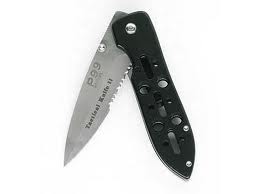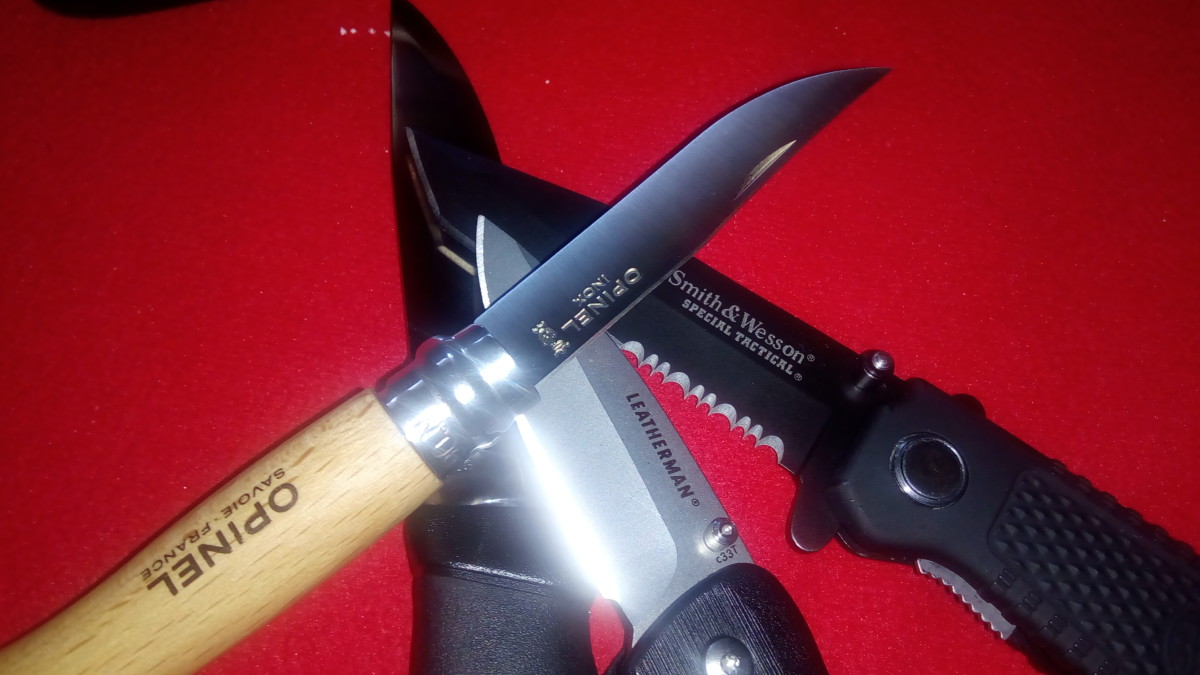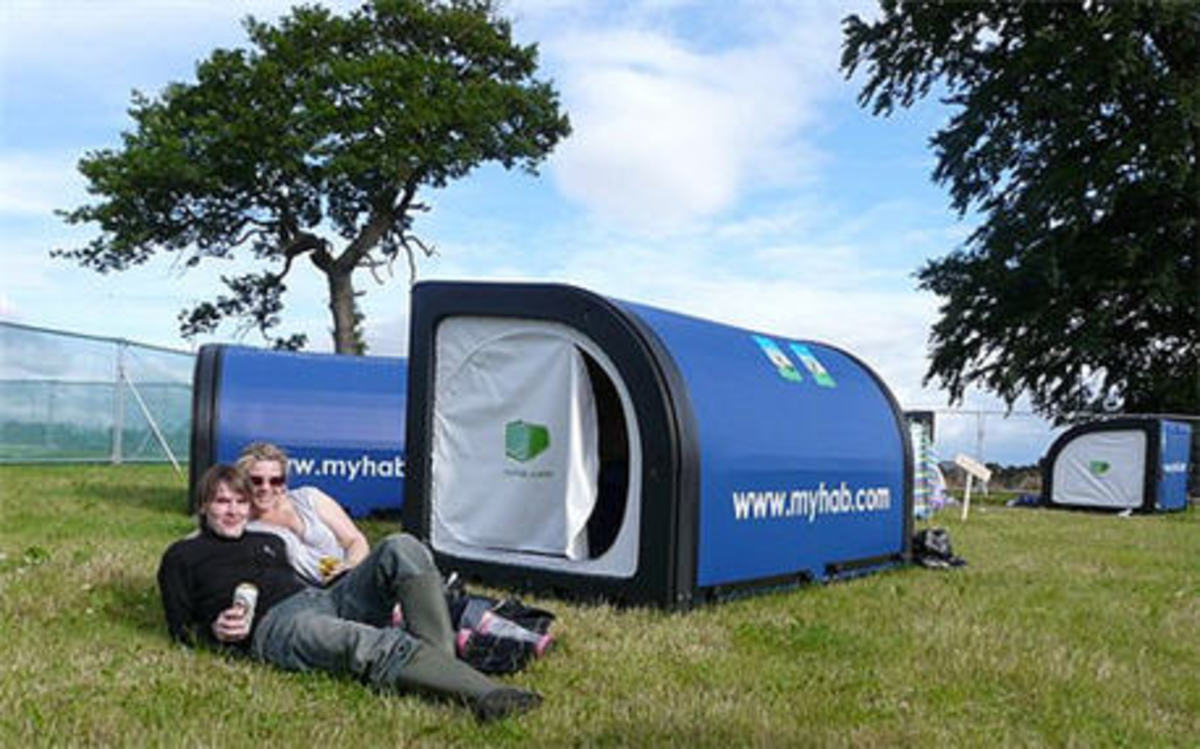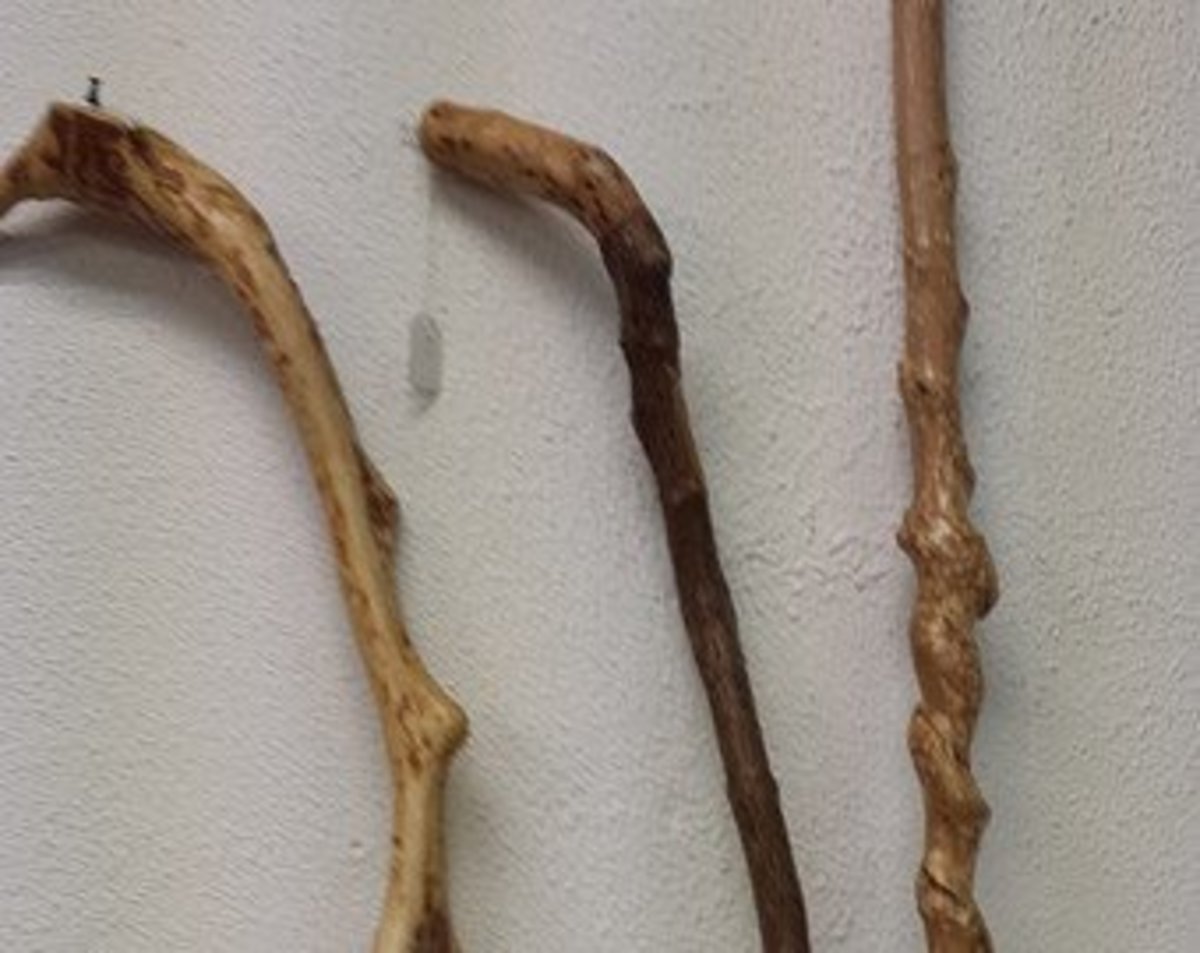Knives glossary - everything you need to know about knives
Choosing a knife is a hard task. There are hundreds, if not thousands, of possible choices. Each knife has various parameters and some of them, for a layman, can be really hard to understand. To help you in your quest for the best knife possible I give you the glossary explaining most of the concepts and slangy definitions.
Basic terms
EDC - (Every Day Carry), as the name says, it's a knife for everyday carry. Knife with such description is a model designed for use on a daily basis. It is lightweight, it has a "normal", "peaceful" look, it is not cumbersome to carry and it can do the job for most of the everyday tasks.
Tactical folder - a contractual term for folding knife designed for tactical purposes. Manufacturers and designers often have distinct views as to what knives fall into this category. Some believe that tactical knife is the one that you can quickly take out and open with one hand. Others believe that it is not enough and it must be made from the strongest materials. The truth is that no one will be breaking doors with a folding knife because there are other tools for that.
Tactical Knife - Such knives are usually characterized by high resistance to all the strokes, blacked out blades and the best materials used. They are designed primarily for soldiers, policemen, security guards, lifeguards, etc.
Back - up - definition of knife or gun carried as a backup tool or a weapon of "last chance". Weight and size of this knife is small, so you can easily carry it as an optional extra.
Liners - these are the folding knife covers the handle is secured to. Most often one of it also works as a Liner-Lock. The are usually made of 410 steel.
Clip tip-down carry / tip-up carry - spring steel clip that allows you to carry the knife clipped to the edge of the pocket, belt, vest, equipment etc. It secures the knife in one position. The tip-down term means that the clip is mounted near the axis of rotation of the blade and the knife's tip is pointed down. The tip-up term means that the clip is mounted at the end of the handle and the knife's tip is pointed up. Some models have the possibility of turning the clip tip-up/tip-down and to the left or right side.
Kydex - a modern material for the knife sheath. It's heat formed. Knife in such a sheath is locked by the elastic mouth and to take it out one has to make a strong pull. Usually thereare holes placed on the edge of the sheath for mounting it in different positions. Kydex is resistant to water, greases, oils and acids.
Cordura - Dupont modern material used for sheaths. Ripping, water and oil resistant. It is usually combined with the skin or kydex insert.
Full tang - term meaning that the tang in a knife passes through the entire handle and covers are mounted directly to it. It makes it very durable against any shock or mechanical abuse. Such knives are usually more expensive.
Tec-Lock - a universal clamp that can be assembled to any plastic sheath (kydex, Zytel, secure-ex, etc.). With it you can attach your knife to a belt, vest or backpack. Its design allows you to carry a knife in any position: vertical, horizontal, angled, handle down. Available in two sizes 57 mm and 37 mm.

Steels
Basic divisions: carbon steel and stainless steel
420 - is a series of steel used in cheaper knives, but it doesn't mean that it's weak. Suitable hardening gives it good attributes. It is completely stainless. It is easy to sharpen but, unfortunately, it also quickly loses the sharpness.
440 - Series of steel with excellent mechanical properties and currently the most often used by manufacturers. The best type of this series is 440C. It's completely stainless. Easy to sharpen, stays sharp for quite a long time, durable. The biggest advantage is that it is not expensive.
AUS-6 - the Japanese equivalent of 420 steel. It has the same properties as its European counterpart. AUS-6A is the best type you get from this series.
AUS-8 - the Japanese equivalent of steel 440C. Its AUS-8A variety is between 440C and ATS 34 steels. Producing aand hardening it in Japan guarantees the highest quality.
VG-10 - one of the newest Japanese steels. Its characteristics are very similar to ATS-34. Almost stainless (in harsh environment can cover with rust.) It has a high resistance to abrasion and holds its sharpness very well.
ATS-34
- Japanese steel with excellent technical parameters - it keeps its sharpness well and is
resistant to chipping. It is not completely stainless.
154cm - it is the American equivalent of ATS-34 steel, but it is more resistant to superficial rust. Its treatment is difficult and complicated, which makes it expensive. It has excellent mechanical properties - high resistance to abrasion and mechanical abuse.
M2 - high speed steel.It contains a lot of carbon thus is highly resistant to any great shock and keeps the sharpness. Unfortunately it isn't stainlessand is rusting quickly. It's often covered with protective coatings (teflon).
D2 - tool steel with high carbon content. Despite this, it is highly resistant to rust. It has excellent cutting properties, is resistant to chipping and all strokes. Does not require much care. It is very expensive to process, which translates into costs of the whole blade.
Carbon V - high-carbon steel used by Cold Steel. It is characterized by excellent resistance to any mechanical shock and is keeping sharpness for a long time. Due to the great susceptibility to rust it is mostly covered with a protective coating named Epoxy Power Coat.
Locks
Back-Lock - the best known and simpliest lock used in folding knives. The locking is performed full-metal "tooth", which blocks the blade's spine. It has one drawback - it's hard to fold the knife with one hand.
Liner-Lock - is currently the most commonly used lock in folding knives. The locking is performed by elastic wing (usually stainless steel 410) which blocks the blade from the edge's side. The advantage of this lock is easiness of operating with one hand.
Frame-Lock, Mono-Lock - names of the strongest locks used in the folding knives. They work the same way as the liner-lock, but the locking is performed by one of the handle covers.
Axis-Lock - Lock introduced by Benchmade. Currently recognized as one of the best in its class. The locking function is performed by a steel pin pressed against the unfolded blade from the spine by two "omega" springs. It is resistant to any dirt or abuse.
Plunge-Lock - Lock used mostly in automatic knives. The opening and folding is performed by using the same button.
Blade finishes
Satin - finished by polishing of the blade (knife is not covered by any coating), slightly reflective. It is most commonly used in utility knives.
Mirror - finished by polishing the blade till a high gloss. It has a very nice refined look. It is used in the "top shelf" knives .
Bead-Blast - finished by sandblasting. It is the most versatile and is suitable primarily for stainless steel. Used for utility and tactical knives. It has a very attractive appearance, does not reflect light.
Power Epoxy-Coat - protective coating based on epoxy resins. It has a characteristic grainy texture. It protects against corrosion. Wears off during use.
BT-Black Teflon Blade - coating with thin layer of Teflon, which also protects against corrosion and the reflections of light. In addition, it makes cutting easier because it has the characteristics of Teflon lubricant. Wears off during use.
BC1-Boron Carbide - one of the best covers for the blade. The coating is implemented into the structure of the blade for a few microns, making it almost impossible to wear off. Protects against corrosion and light reflections. Unfortunately, it is very expensive. Used by Master of Defence and Benchmade.
Blade Shapes
Clip Point, Bowie - the most commonly used blade shape for utility knives. It
is characterized by a rapid drop of the spine toward the
tip at the tip part of the blade. It is the most commonly used for survival, combat and universal knives.
Drop Point - the spine is gently curved down toward the tip and the edge's belly is bigger and more exposed. There is no false edge in this model. This shape is typically used in hunting and utility knives.
Spear Point - it looks like a spear. It has symmetrical edges but only one is sharpened. The most commonly used in small knives like "gentleman folder" and tactical knives.
Tanto - the shape of the blade and the name is borrowed from the Far East. The knife has a geometric shape and a large cross-section. Thus it is very durable. The most commonly used in tactical knives.
Recurve
- the shape of the blade has a concave spine, which
improves its performance in works such as whittling or cutting. Commonly used in large survival knives or weapons.
Sheepsfoot - it's quite unusual shape of the blade. It's a combination of the drop-point and the clip-point. Dropping freely spine of the blade has no edge narrowing or false edge, This provides a very durable blade.
Double-edged blade - blade is sharpened symmetrically on both sides. Knives with such blades are called daggers. This shape is used mostly for combat knives.
Warncliff - it has a straight cutting edge and spine curved down to the point of the blade.
Hawkbill - it is similar to Warncliff except it has a concave cutting edge (the blade looks like hawk's bill). This shape is often used in sailor knives used for cutting ropes and sails.
Summary
I know I haven't covered everything in this article and some definitions are very plain. I wanted it to be just a starting point of your research on knives. I hope it will be useful.






